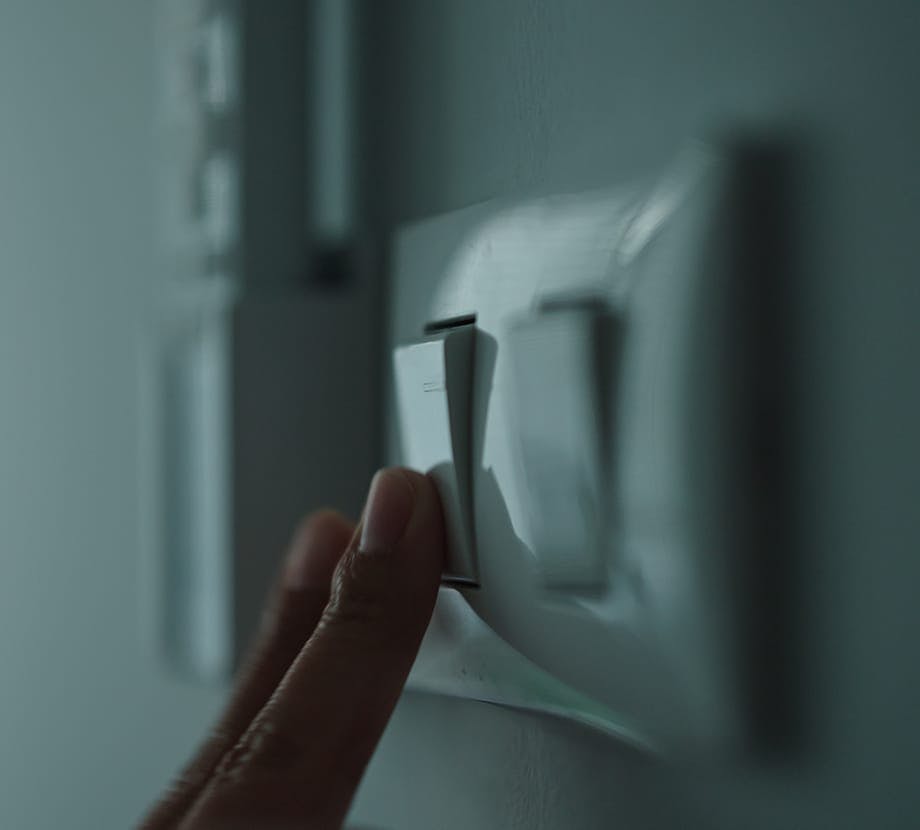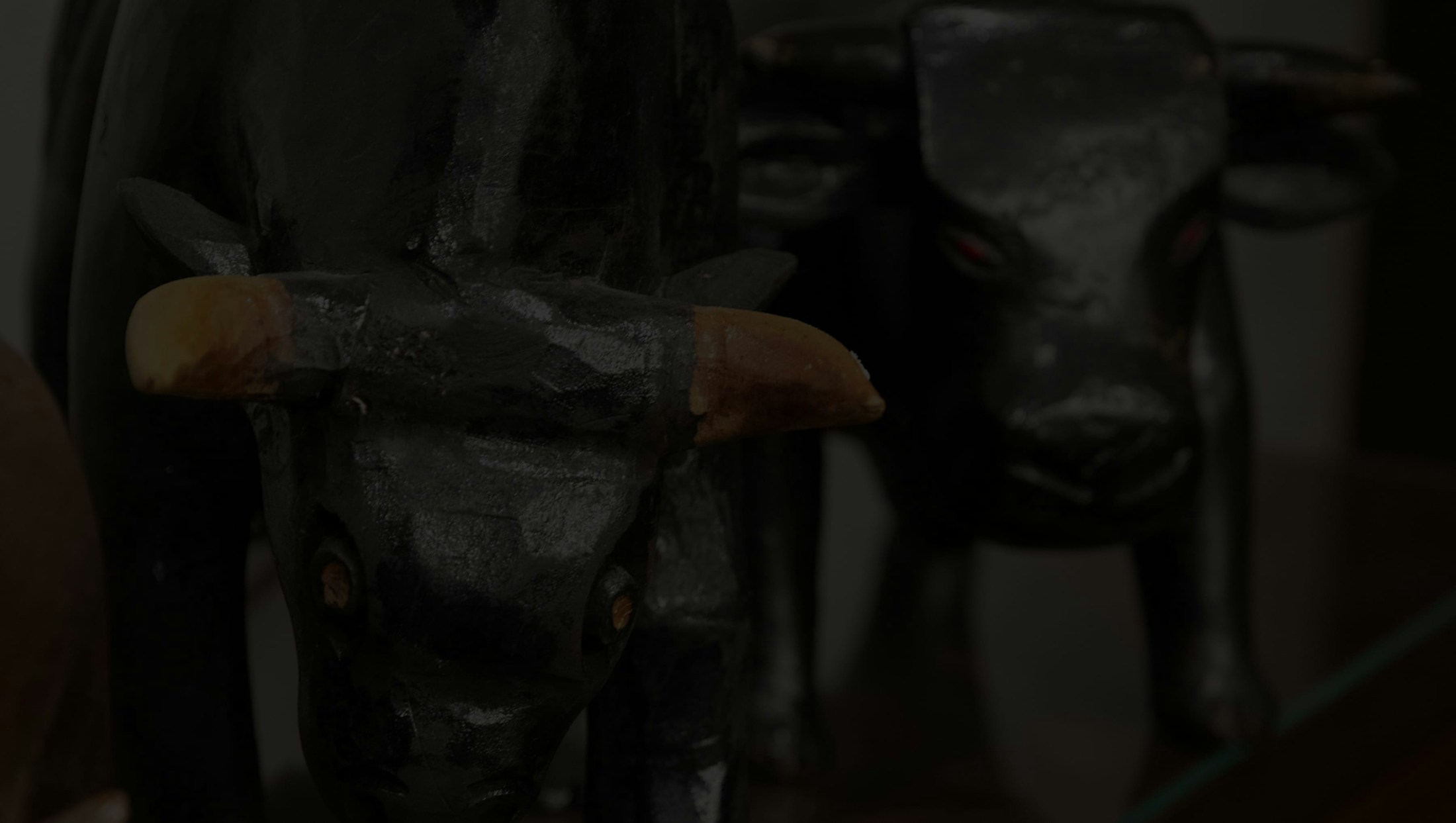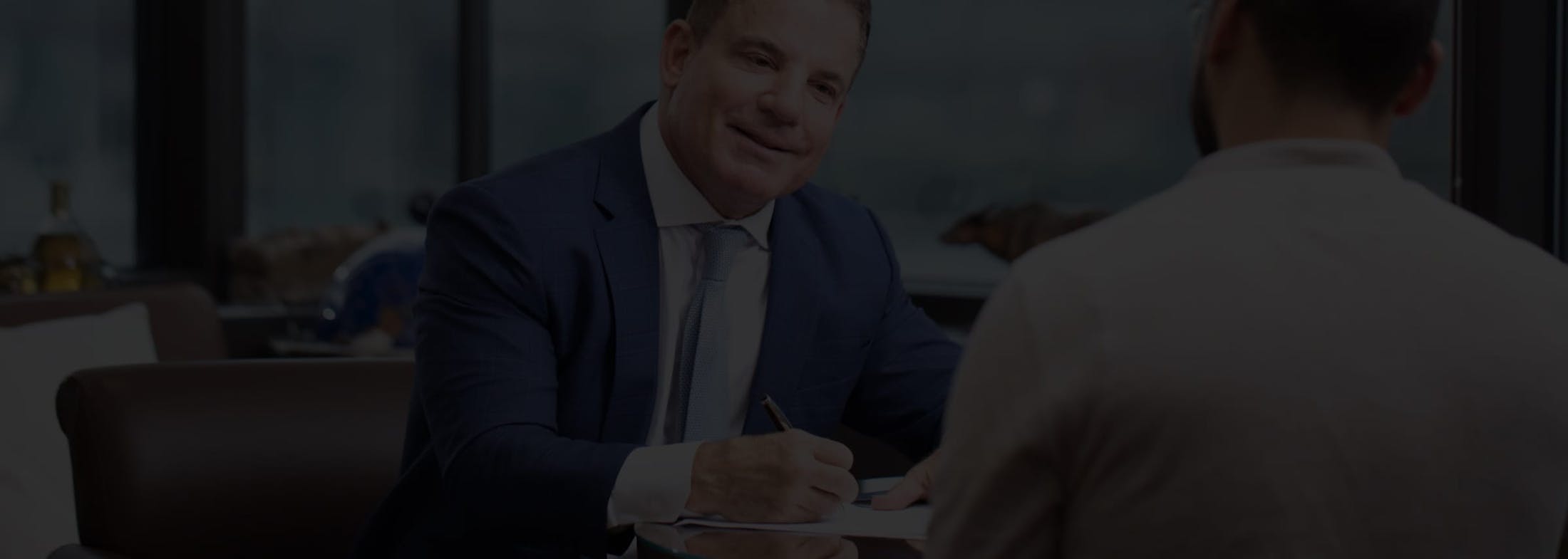Types of Injuries Resulting from Poor Lighting Accidents and Attacks
You should file a claim if you suffer any of the following injuries as a result of insufficient lighting:
- Slips, Trips, and Falls: Poor lighting can obscure hazards such as uneven surfaces, steps, or obstacles, increasing the risk of slips, trips, and falls.
- Head and Neck Injuries: Falls caused by inadequate lighting can result in head injuries, including concussions, or neck injuries such as whiplash.
- Back Injuries: Slipping or falling in poorly lit areas can cause back injuries, including strains, sprains, or herniated discs.
- Sprains and Strains: Individuals may suffer sprains or strains to joints and muscles when they stumble or fall due to inadequate lighting.
- Fractures: Falls in poorly lit areas can result in fractures or broken bones, particularly in elderly individuals or those with fragile bones.
- Cuts and Bruises: Insufficient lighting may make it difficult to see sharp objects, protruding edges, or debris, leading to cuts, bruises, or abrasions.




